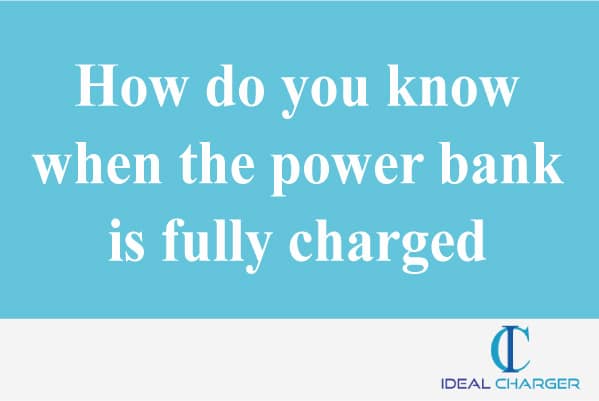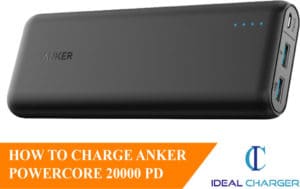How to tell if power bank is fully charged

In today’s fast-paced world, power banks have become an indispensable accessory to keep our devices charged on the go. However, it’s essential to know when your power bank is fully charged to ensure its efficiency, prolong its battery life, and avoid unnecessary overcharging. In this guide, we’ll delve into the various indicators and methods to determine when your power bank has reached its optimal charging level.
Understanding Power Bank Charging Basics
Power banks consist of a battery cell, circuitry, and charging indicators. The two most common types of batteries used are Lithium-ion (Li-ion) and Lithium-polymer (Li-Po), each with its own characteristics and charging requirements. Power banks also come in different capacities, ranging from small portable chargers to high-capacity ones for multiple device charges.
Charging Indicators and Their Meanings

Power banks typically feature LED lights, LCD displays, or digital readouts to convey their charging status. These indicators use various blinking patterns and colors to provide information. While patterns can vary between models and manufacturers, a general rule of thumb is:
Blinking: Indicates the power bank is actively charging.
Solid Light: Suggests the power bank is fully charged.
Blinking and Solid Alternation: Commonly seen as the power bank nears full charge.
It’s advisable to consult your power bank’s user manual to decipher the specific indications.
Monitoring Charging Time

The charging duration of your power bank depends on its capacity and the power source used. On average, a small-capacity power bank (around 2000mAh) may take 2-3 hours to fully charge, while a larger one (10,000mAh or higher) could take 6-8 hours. Charging from a wall adapter tends to be quicker than using a laptop’s USB port. Overcharging can harm the battery, so unplug the power bank once it’s fully charged.
Using Companion Apps
Some power banks offer companion apps that connect to your smartphone. These apps provide real-time battery status, allowing you to monitor the charging progress remotely. They might also send notifications when the power bank reaches a full charge, ensuring you’re always informed.
Temperature and Physical Cues
During charging, power banks can sometimes feel slightly warm to the touch. However, excessive heat could indicate a problem. If your power bank becomes uncomfortably hot or emits an unusual smell, immediately disconnect it from the power source and contact the manufacturer.
Voltage and Amperage Indicators
Monitoring voltage and amperage indicators requires more advanced knowledge. Voltage should gradually increase as the battery charges, while amperage might drop. If you’re comfortable using multimeters or specialized tools, you can measure these values to assess the charging progress.
Avoiding Common Misconceptions
Contrary to common belief, leaving your power bank plugged in overnight is not advisable. Many modern power banks are designed to automatically stop charging when they reach full capacity, but it’s still recommended to disconnect them to extend battery life. Additionally, using the charger recommended by the manufacturer prevents overcharging and ensures optimal performance.
Best Practices for Charging and Usage
To maintain your power bank’s efficiency and lifespan:
- Store it in a cool, dry place.
- Avoid dropping or exposing it to physical damage.
- Charge it at least every few months if not in regular use.
- Keep it away from direct sunlight and moisture.
Troubleshooting Inaccurate Indications
If your power bank’s indicators suggest it’s fully charged but it isn’t, try these steps:
- Disconnect and reconnect the charging cable.
- Use a different charging cable and adapter.
- If the issue persists, consult the manufacturer’s customer support.
Conclusion
Knowing when your power bank is fully charged is crucial for its longevity and effective use. By understanding charging indicators, monitoring charging time, and following best practices, you can ensure your power bank remains a reliable companion for keeping your devices charged wherever you go.
Remember, each power bank model might have unique features, so always refer to its user manual for accurate information. By being attentive to your power bank’s charging status, you’re taking a step towards efficient and responsible device charging.




